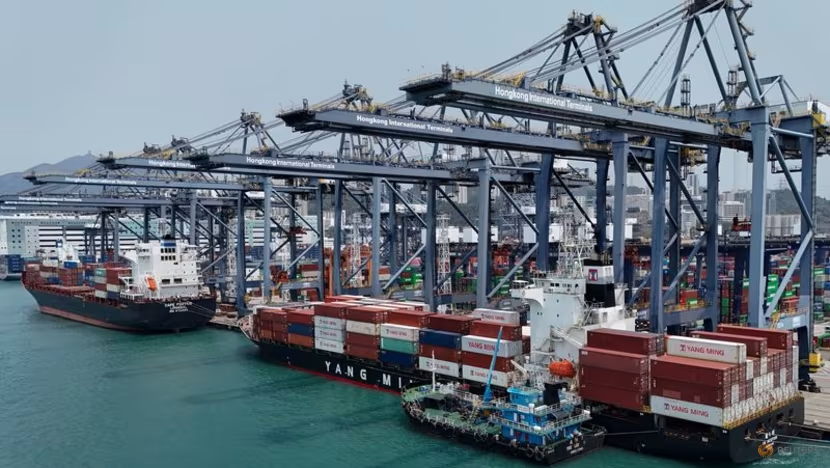China Imposes 34% Additional Tariffs On US Goods, Retaliation Against Trump’s Move

China’s finance ministry announced on Friday that it has slapped an additional 34 per cent tariff on all US goods from April 10, in a tit-for-tat move against President Donald Trump’s tariffs. In addition to the new tariffs and export restrictions, Beijing has added 11 foreign entities to its “unreliable entity” list, allowing authorities to impose punitive measures against them.
The purpose of the Chinese government’s implementation of export controls on relevant items in accordance with the law is to better safeguard national security and interests, and to fulfil international obligations such as non-proliferation, the Commerce Ministry said in a statement.
Shipments that leave their origin before the deadline and arrive by May 13, 2025, will not be subject to the additional tariffs. If the goods have been shipped from the place of departure before 12:01 on April 10, 2025, and are imported between 12:01 on April 10, 2025, and 24:00 on May 13, 2025, the additional tariffs prescribed in this announcement will not be levied.
China firmly opposes this and will take countermeasures to safeguard its own rights and interests,” the Commerce Ministry said, as tensions between the world’s two largest economies threaten to escalate into a deeper trade war. Trump had announced on Wednesday that China would face a 34 per cent tariff, adding to the 20 per cent duty imposed earlier this year. This brings the total new tariffs on Chinese imports to 54 per cent, edging closer to the 60 per cent rate he had floated during his presidential campaign.
Under the new US tariff structure, Chinese exporters-along with those from other economies-will be subject to a baseline tariff of 10 per cent on almost all goods shipped to the US starting Saturday. The remaining higher “reciprocal tariffs” will take effect from April 9.
Trump also signed an executive order closing a trade loophole known as “de minimis,” which had allowed low-value packages from China and Hong Kong to enter the US duty-free.
The latest round of tariff hikes comes as the US Trade Representative reviews whether China has adhered to its commitments under the 2020 “Phase 1” trade agreement. Under the deal, China was required to increase purchases of US exports by USD 200 billion over two years, but Beijing fell short of its targets, citing the impact of the Covid-19 pandemic.
Chinese customs data shows that in 2017, before the trade war began, China purchased USD 154 billion in US goods. That figure rose to USD 164 billion last year, highlighting the complex economic ties between the two nations despite ongoing disputes.




